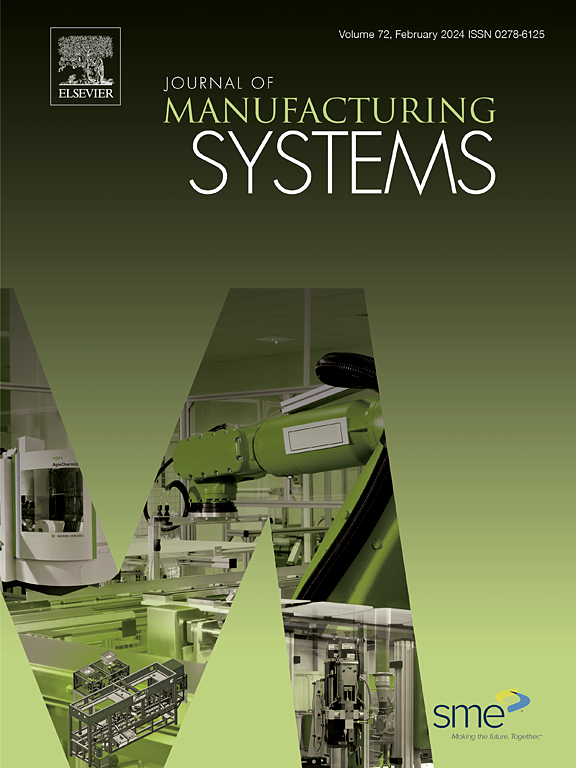Application and trends of point cloud in intelligent welding: State of the art review
IF 12.2
1区 工程技术
Q1 ENGINEERING, INDUSTRIAL
引用次数: 0
Abstract
Point cloud is an important data format for expressing 3D scenes. With the development of digitalization and intelligence in welding, the application of point cloud in welding is gradually increasing. This paper provides a comprehensive overview of the application of point clouds in intelligent welding, divided into pre-welding stage, in-welding stage, and post-welding stage according to the welding sequence. A detailed analysis was conducted on the pre-welding stage of intelligent welding operations, including the point cloud construction of the workpiece, weld seam detection in the point cloud, path and posture planning, automatic programming, and weld seam positioning. The in-welding stage was divided into welding pool monitoring, weld seam tracking and adjustment, and a comparative analysis was conducted on point cloud processing algorithms and control methods. The post-welding stage is divided into weld seam identification, defect detection, and quality detection, which are analyzed and discussed separately. This paper introduces the application of point clouds in the previous stages, and compares in detail the selection of sensors, application scenarios, point cloud processing algorithms, and processing effects. Furthermore, in-depth analysis was conducted on the effects and limitations achieved in various application scenarios. Finally, this paper provides an outlook on future work, summarizes the relevant applications of machine learning in welding point cloud processing, and analyzes future development trends.
求助全文
约1分钟内获得全文
求助全文
来源期刊

Journal of Manufacturing Systems
工程技术-工程:工业
CiteScore
23.30
自引率
13.20%
发文量
216
审稿时长
25 days
期刊介绍:
The Journal of Manufacturing Systems is dedicated to showcasing cutting-edge fundamental and applied research in manufacturing at the systems level. Encompassing products, equipment, people, information, control, and support functions, manufacturing systems play a pivotal role in the economical and competitive development, production, delivery, and total lifecycle of products, meeting market and societal needs.
With a commitment to publishing archival scholarly literature, the journal strives to advance the state of the art in manufacturing systems and foster innovation in crafting efficient, robust, and sustainable manufacturing systems. The focus extends from equipment-level considerations to the broader scope of the extended enterprise. The Journal welcomes research addressing challenges across various scales, including nano, micro, and macro-scale manufacturing, and spanning diverse sectors such as aerospace, automotive, energy, and medical device manufacturing.
 求助内容:
求助内容: 应助结果提醒方式:
应助结果提醒方式:


